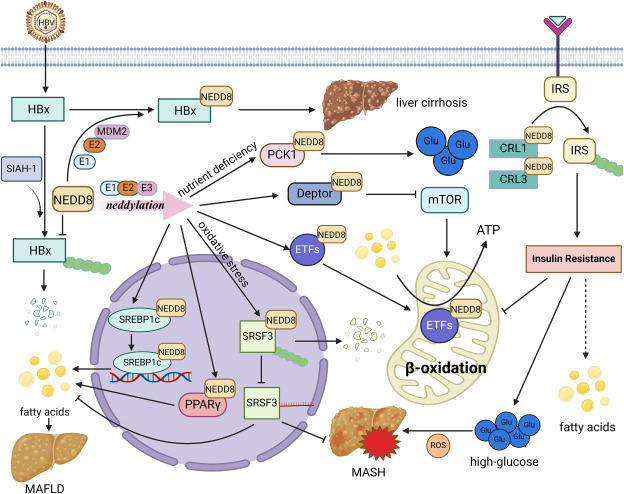
Deciphering the roles of neddylation modification in hepatocellular carcinoma: Molecular mechanisms and targeted therapeutics


Hepatocellular carcinoma (HCC) is the most prevalent type of malignant liver tumor with high morbidity and mortality and severely threatens human health and life quality. Thus, it is of great significance to investigate the molecular mechanism underlying the pathogenesis of HCC and seek biomarkers for early diagnosis. Neddylation, one of the most conserved post-translational modification types in eukaryotes, plays vital roles in the progression of HCC. During the process of neddylation, NEDD8 is covalently conjugated to its substrate proteins, thereby modulating multiple necessary biological processes. Currently, increasing evidence shows that the aberrant activation of neddylation is positively correlated with the occurrence and development of tumors and the poor clinical prognosis of HCC patients. Based on the current investigations, neddylation modification has been reported to target both the cullins and non-cullin substrates and subsequently affect HCC progression, including the virus infection, malignant transformation, tumor cell proliferation, migration and invasion ability, and tumor microenvironment. Therefore, inhibitors targeting the neddylation cascade have been developed and entered clinical trials, indicating satisfactory anti-HCC treatment effects. This review aims to summarize the latest progress in the molecular mechanism of pathologically aberrant neddylation in HCC, as well as the advances of neddylation-targeted inhibitors as potential drugs for HCC treatment.
